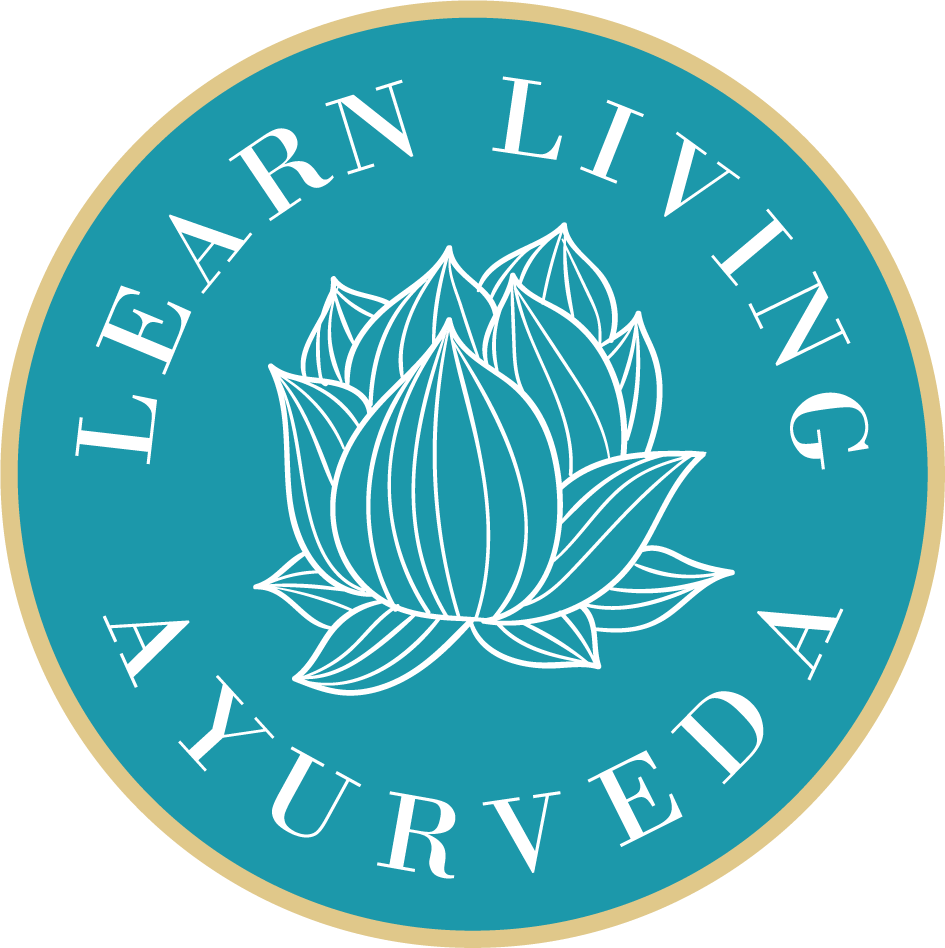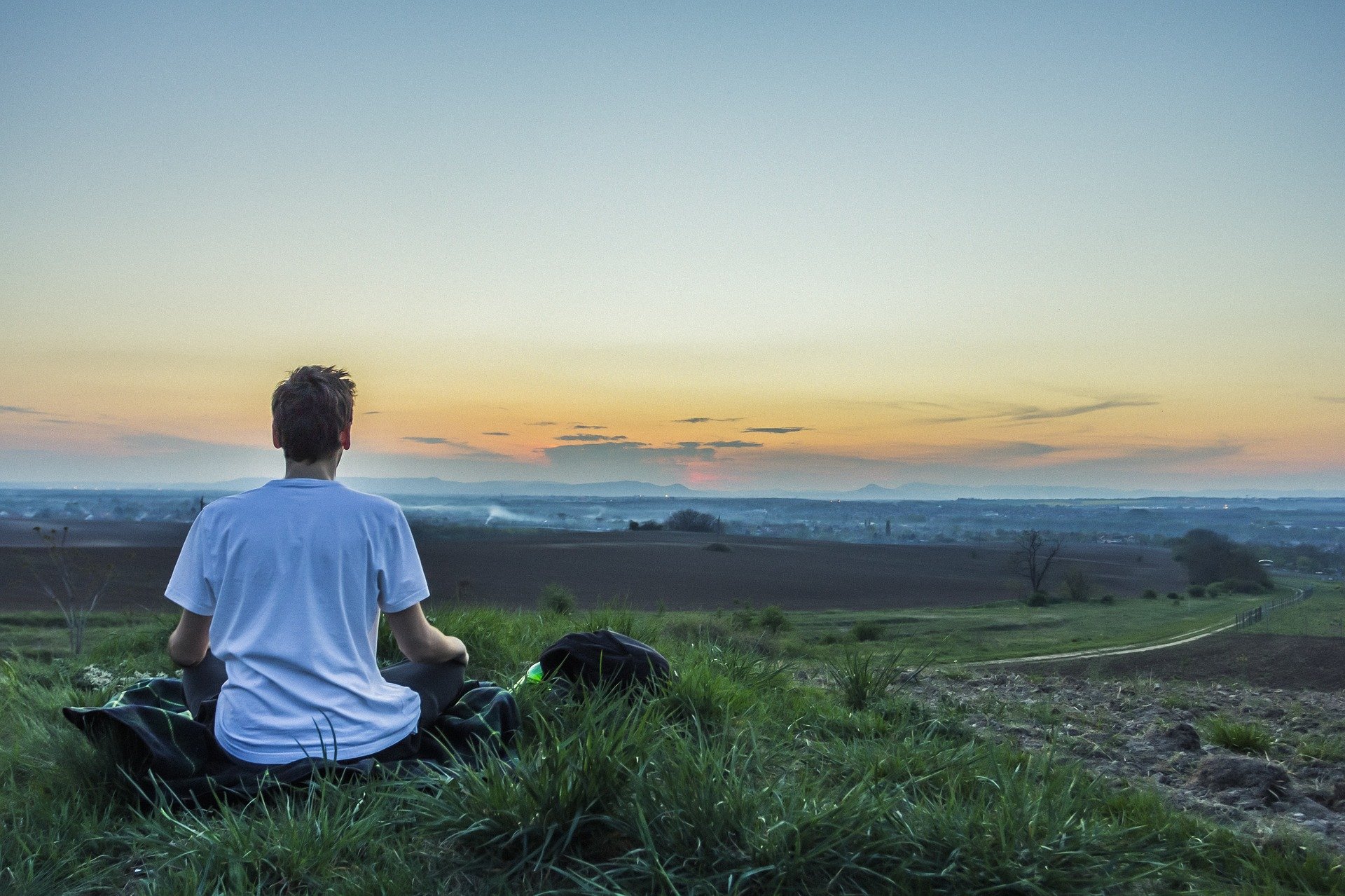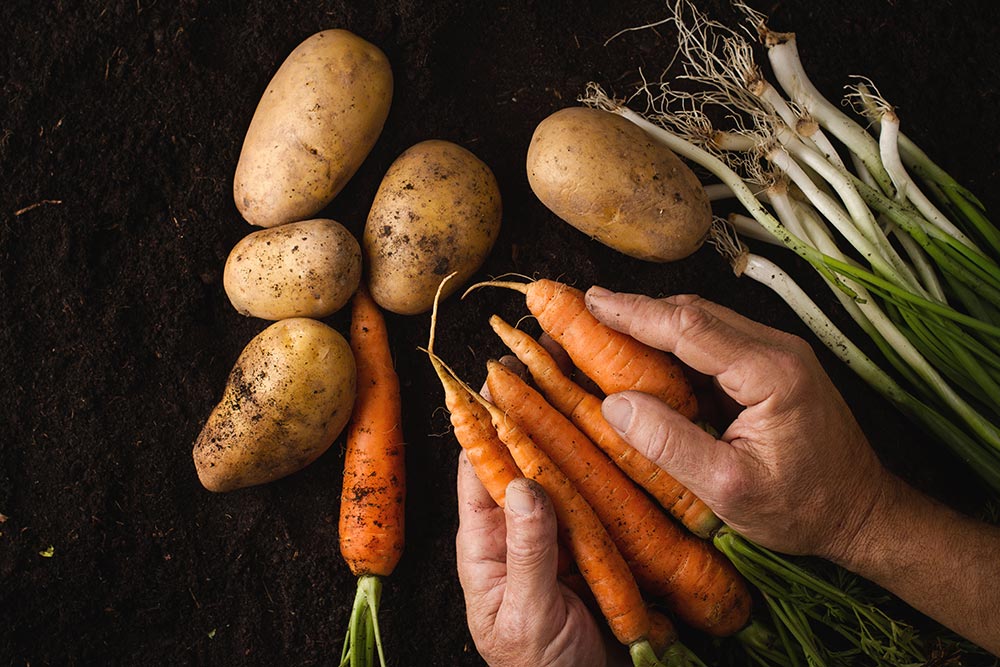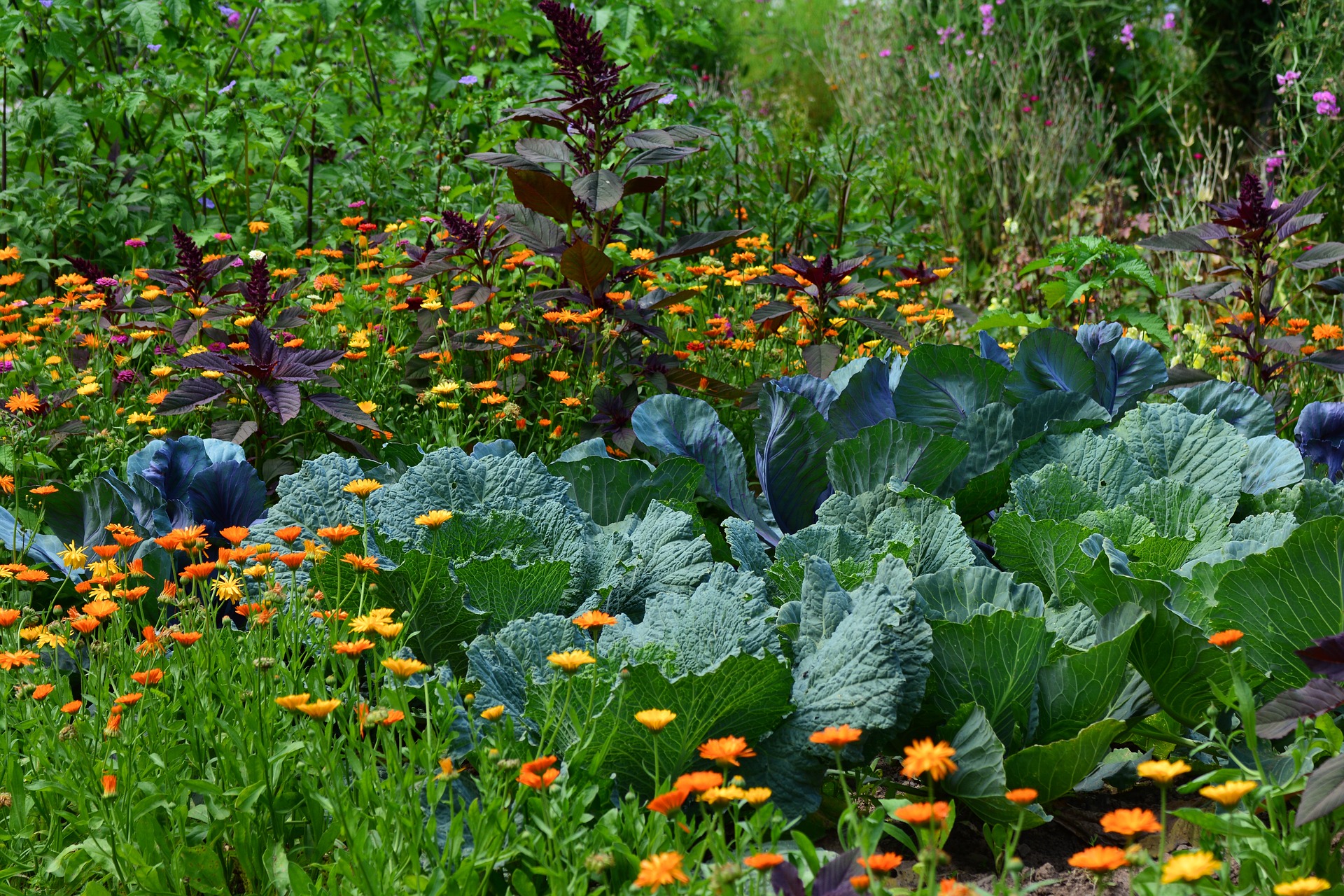The Living Wisdom: The Foundations of Ayurveda course has been created for those interested in exploring in greater depth the healing wisdom of Ayurveda and learning its practical tools – precious gifts for guiding us to living a healthy and balanced life. Our intent is to share the inspiration, philosophy, concepts, principles and practical applications of this extraordinary path of health.
In Living Wisdom, the essential knowledge of Ayurveda is presented as a structured course for experiential study and also as a reference guide for living a healthy lifestyle, now and throughout the rest of life. No prior knowledge of Ayurveda is required.
The course is suitable for many different groups of people; it offers in-depth study for lay people who want to learn Ayurveda to establish a healthy lifestyle for themselves and their families; it offers a sound foundation for yoga practitioners and teachers, and an opportunity for health professionals including herbalists and nutritionists to integrate its principles of health and longevity into their practice.


































